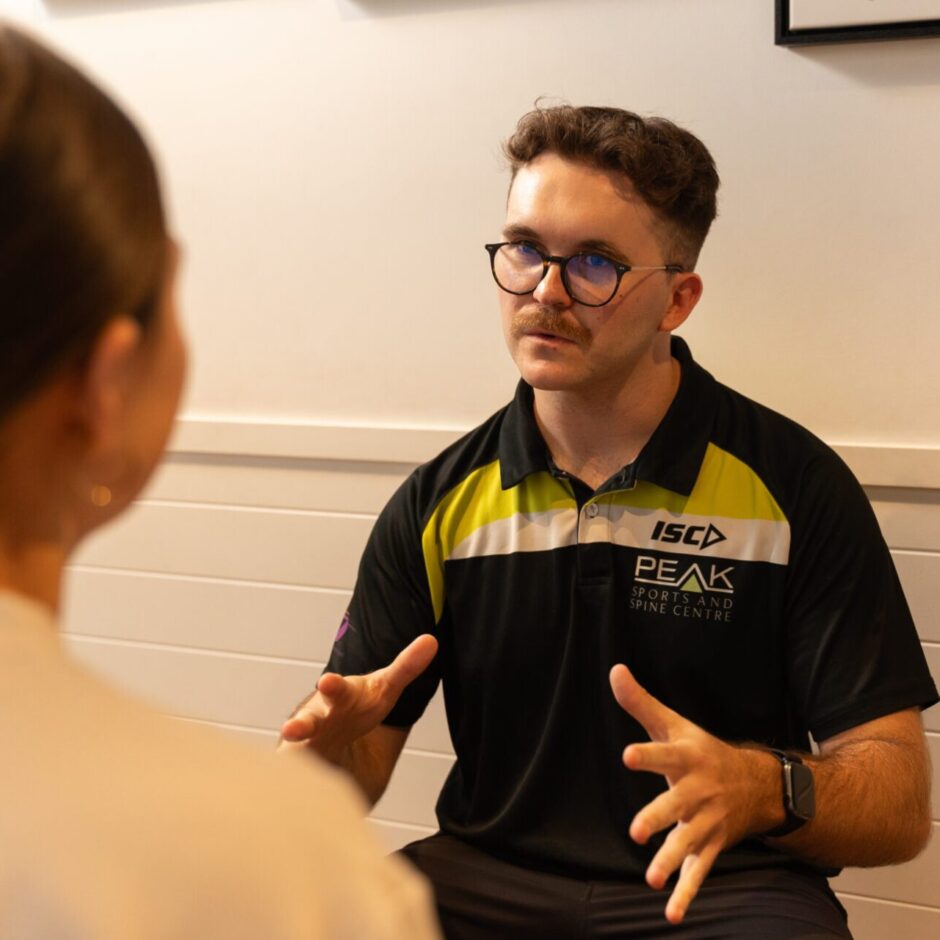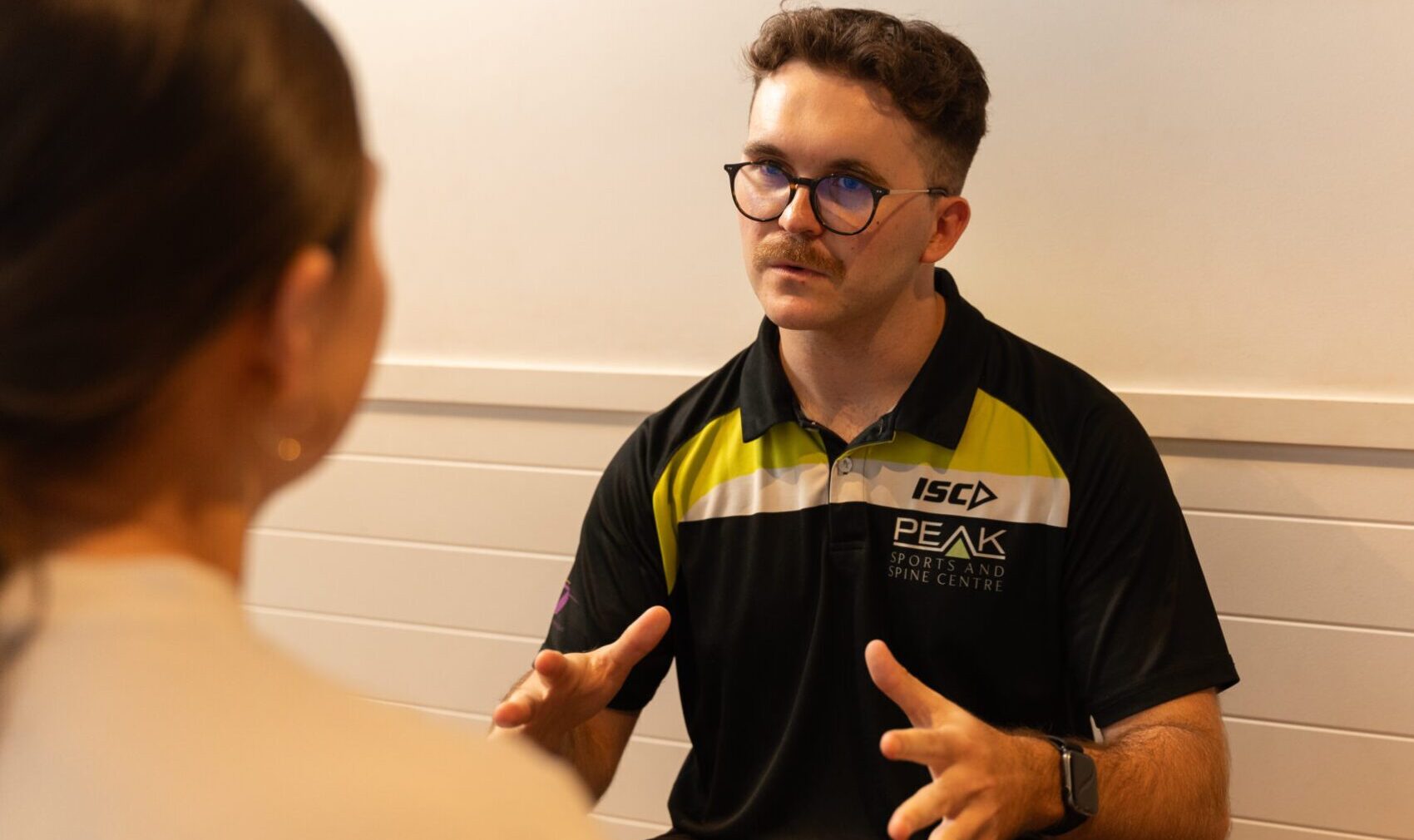Signs and Symptoms of MdDS
MdDS is characterized by a persistent feeling of motion after exposure to passive motion (like a cruise, long-haul flight, train ride, or even extended use of a virtual reality headset). Key symptoms include:
- Rocking, Swaying, or Bobbing Sensation: You feel as if you are continuously rocking on a boat or swaying as if on a dock, even though you’re standing or sitting still. Patients often describe it like being on a waterbed or feeling the ground undulate.
- Imbalance: You might walk with a wider stance or feel unsteady, especially on hard surfaces. Intriguingly, many people with MdDS find their balance actually improves when in motion (like in a moving car) and worsens when still.
- Cognitive fog: The constant motion sensation can make it hard to concentrate or remember things. You may feel “spaced out” or mentally fatigued.
- Visual disturbances: Some individuals report that busy patterns (like stripes or crowds) aggravate their rocking sensation. You might also have trouble reading scrolling text or tolerate certain visual environments poorly.
- Anxiety or depression: The chronic nature of MdDS and difficulties in finding knowledgeable healthcare providers can lead to significant anxiety, health-related worry, or mood changes.
- Ear symptoms: Unlike Meniere’s disease, MdDS typically does not cause hearing loss or tinnitus. However, you may have some sensitivity to sound or light due to the overall strain of the condition.
Symptoms often lessen when you are in passive motion again (for example, riding in a car) and then rebound once you stop. This unique pattern is a hallmark of MdDS. It can be very frustrating – the very thing that triggered it (motion) temporarily makes you feel better, which is the opposite of most other vestibular disorders.
Impact on Your Life
Mal de Débarquement Syndrome can be debilitating:
- Persistent discomfort: Imagine feeling like you’re on a rocking boat all day, every day. It can be hard to focus on work when your body perceives constant motion. Even relaxing at home is challenging if sitting still on the couch triggers swaying sensations. This relentless false motion can lead to chronic fatigue and discomfort.
- Work limitations: Tasks that require focus, computer work, or detailed visual input may be difficult. Many MdDS sufferers need to take frequent breaks or can only work part-time. In severe cases, people take extended leave from work to cope with symptoms, which can strain finances and career progression.
- Avoidance of travel: Ironically, those who loved cruises or flying may become fearful of travel after developing MdDS, worried that any new trip could worsen their symptoms. This can curtail vacation plans or the ability to visit family far away.
- Social and leisure activities decrease: Environments like theaters, shopping malls, or busy restaurants might become overwhelming due to visual/auditory stimulation and the swaying feelings. You might start avoiding these, which leads to isolation and loss of enjoyment of life. Hobbies like reading can also be tough if the words seem to float on the page.
- Emotional toll and misunderstanding: Because MdDS is rare, many healthcare providers are not familiar with it. Patients often see multiple doctors before getting a diagnosis. This journey can be disheartening – you may have been told “it’s all in your head” or given ineffective treatments. Friends or family might not grasp what you’re experiencing, since you look healthy. This lack of understanding can be as painful as the symptoms themselves, leaving you feeling alone.
- Impact on gait and safety: The imbalance and “rocking” might make you walk slower or need to hold onto rails on stairs, etc. In unfamiliar or dark environments, you may feel unsafe. The risk of falls isn’t as high as with true vertigo, but you may still stumble or bump into things when the sensation surges.
Despite these challenges, there is hope. Research into MdDS is growing, and therapeutic approaches are emerging that can lessen the symptoms. Our team keeps abreast of these developments to offer you possible relief and coping strategies.
Physiotherapy for Mal de Débarquement Syndrome at Peak Sports and Spine Centre
Treating MdDS requires specialized knowledge and a creative, individualized approach. At Peak Sports and Spine Centre, we understand the uniqueness of this condition. Our physiotherapy for Mal de Débarquement Syndrome focuses on recalibrating your brain’s equilibrium settings and giving you tools to manage symptoms. Here’s what you can expect from our program:
- Comprehensive Evaluation: We start by listening to your full story – your trigger event (such as the cruise or flight), how long you’ve had symptoms, and what makes you better or worse. We also conduct balance and vestibular tests, checking your stance, gait, and any vestibular reflex issues. Importantly, we assess your visual dependence (how much you rely on vision for balance) by seeing how you do with eyes closed or in visually busy environments. This thorough evaluation helps us tailor a treatment plan specifically to your needs and sensitivities.
- Vestibular and Visual Rehabilitation: A promising area for MdDS therapy involves retraining how your brain integrates motion signals. We use techniques somewhat similar to those for other vestibular disorders, but tweaked for MdDS. For example, we may incorporate optokinetic stimulation – this means exposing you to moving visual scenes to try and “reset” the motion sensors in your brain. In practice, we might have you look at a large screen or light bar with a pattern moving (left-right or up-down) while you perform subtle head or body movements. Research and clinical reports have indicated that this kind of therapy can reduce MdDS symptoms by readjusting the brain’s internal perception of motion. Our clinic stays updated on protocols from leading centers (like Mount Sinai in the US) that treat MdDS, and we bring those techniques to our patients here.
- Balance and Proprioceptive Training: Since your internal reference feels off, we work on strengthening your other systems for balance – namely vision, proprioception (body’s position sense), and strength. You’ll do exercises on various surfaces (foam, BOSU balls) to challenge your balance in a controlled way, forcing your body to learn stability despite the false sensations. We might practice tandem walking (heel-to-toe) or single-leg stands while focusing on a distant target, which helps retrain your sense of upright. Over time, these drills improve your confidence in your footing. Every time you realize “Hey, I didn’t lose my balance!” it’s a win we celebrate.
- Relaxation and Grounding Techniques: The stress and anxiety from MdDS can actually heighten your perception of motion. We incorporate relaxation training into therapy. This might include deep breathing exercises, mindfulness techniques, or muscle relaxation routines at the end of sessions to calm your nervous system. Additionally, we teach “grounding” techniques – for instance, strategies like lightly touching a stable surface with your hand when seated (providing tactile feedback to reassure your brain you are still), or focusing on stationary objects to regain a sense of stability during a wave of symptoms. These coping skills can shorten the duration of intense swaying episodes.
- Aerobic Exercise and Habituation: Gentle aerobic exercise can be beneficial. Activities like walking, swimming, or using a stationary bike (as tolerated) are encouraged because they promote normal vestibular function and improve blood flow to the brain. We’ll help you build up tolerance to exercise, possibly starting with interval training (short bouts with breaks). If being still is problematic, ironically continuous rhythmic movement like walking might feel better – we leverage that by gradually extending your activity. This also has mood-boosting effects and helps prevent deconditioning from inactivity.
- Education and Empowerment: A key part of our program is education. We’ll explain the latest theories on why MdDS happens – how your brain likely adapted to the motion of the boat/plane and then struggled to readapt to land. Understanding that it’s a real neurological condition often gives patients relief that “finally someone gets it.” We also discuss the typical course: some cases do resolve over time, and therapy can accelerate that. You’ll learn how to self-manage – for instance, knowing that being a passenger in a car might give a brief reprieve, we integrate car rides or stimulating motions strategically with your exercises if appropriate. We equip you with at-home exercises so you can maintain progress between sessions and have a sense of control.
- Monitoring Progress: Because symptoms can fluctuate, we track your progress with validated questionnaires and balance tests at intervals. Even if day to day feels variable, these measures can show improvements over weeks, which is encouraging. For instance, you might start noticing that your sway is a bit less or you have longer good periods. We adjust your program based on what’s working best. If certain exercises clearly reduce symptoms (even temporarily), we’ll focus on those and make them part of a daily routine for you.
- Support and Understanding: Perhaps as important as the exercises, we provide a supportive environment. At Peak, you have a team that truly understands how life-altering MdDS is. We celebrate small victories – like when you tell us you managed to sit through a movie, or went grocery shopping with less discomfort. These are huge wins on your journey. We also continuously encourage and motivate you, reminding you that you’re not alone in this and that improvement is possible.
While MdDS is challenging, many patients find relief and some even experience complete resolution of symptoms over time. Our role is to accelerate that process and give you tools to cope and improve. We position Peak Sports and Spine Centre as a trusted ally and authority in managing even rare conditions like MdDS – you will feel that you’re in the right place for care.
Let's get started — How can we help?
Physiotherapy
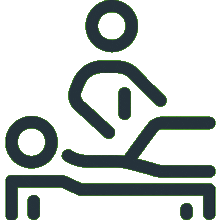
Chiropractic
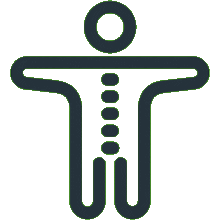
Podiatry
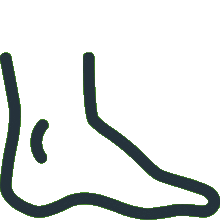
Massage Therapy
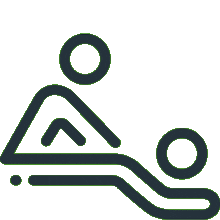
Women's Health Physiotherapy

Running Program Tailored To Your Goals
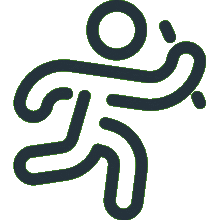
Joint Mobilisation

Active Release Technique
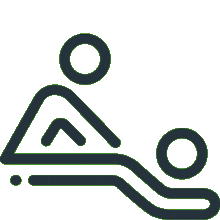
Exercise Prescription

Real Time Ultrasound Imaging

Spinal Manipulation
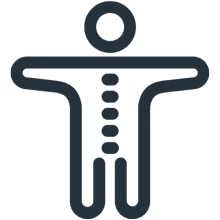
Functional Movement Screen

Knee Pain Treatment

Hamstring Strain Treatment
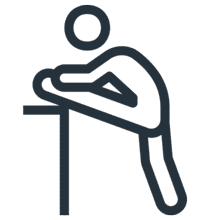
Hip Pain Treatment

Upper, Middle & Lower Back Pain

Neck Pain Treatment

Shoulder Pain & Rotator Cuff Tear

Can't find what you're after?
View all ServicesOr email the PEAK team at info@peakssc.com.au
Hawthorne
- Phone: (07) 3399 3318
- Fax: (07) 3319 6577
Address
5/171 Riding Road,Hawthorne, QLD, 4171 Get Directions
Opening Hours -
6 days per week
- Monday - Friday: 7:00 am - 8:00 pm
- Saturday: 7:00 am - 1:00 pm
To make a booking outside of business hours, please use our form by clicking here.
New Farm
- Phone: (07) 3399 4668
- Fax: (07) 3319 6577
Address
1/15 Lamington Street,New Farm, QLD, 4005 Get Directions
Opening Hours -
6 days per week
- Monday: 7:00 am - 8:00 pm
- Tuesday: 7:00 am - 8:00 pm
- Wednesday: 9:00 am - 8:00 pm
- Thursday: 10:00 am - 8:00 pm
- Friday: 7:00 am - 3:00 pm
- Saturday: 7:00 am - 3:00 pm
To make a booking outside of business hours, please use our form by clicking here.
